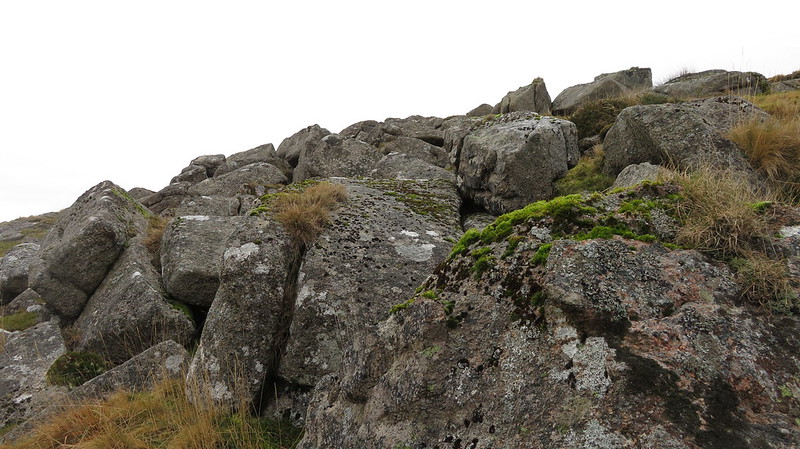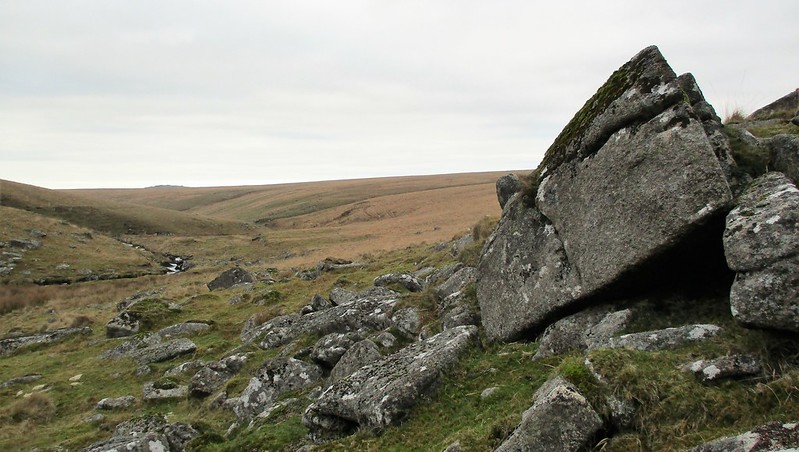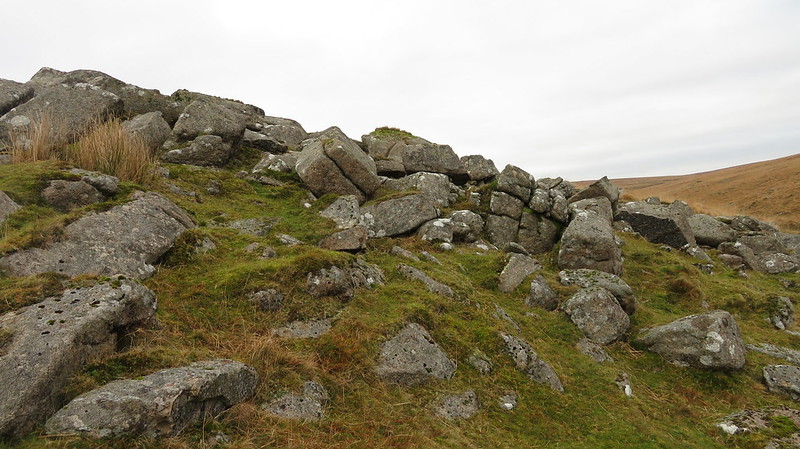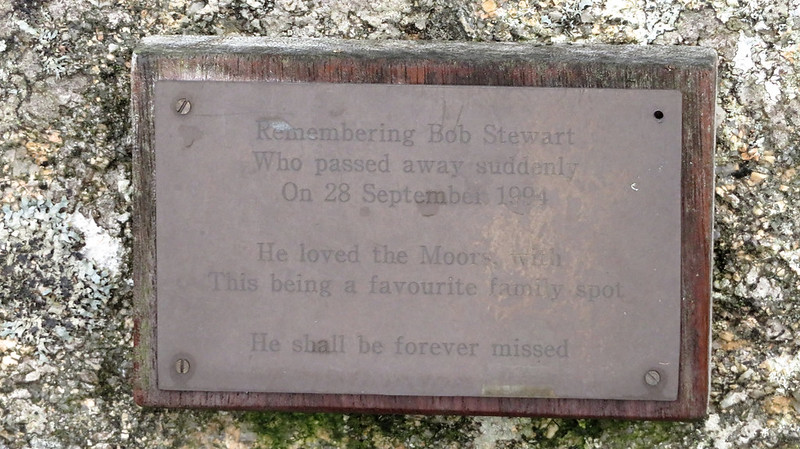TORS OF DARTMOOR
a database of both lesser- & well-known rocks and outcrops
Clay Tor (Crossing)Claytorre, Claytor Moor, Small Tor  Nestled beside the River Walkham, at the bottom of Cocks Hill, you'll find a bunch of ruined granite boulders that, according to Terry Bound, could be the site of a 'tor' that was first mentioned by William Crossing. In 'Guide to Dartmoor' (page 151) Crossing states; "In connection with it the pastures of Crowtorre and Claytorre are also named. The latter is a small tract near the Walkham below Sandy Ford, but no tor exists here." Richard Hansford Worth also mentions the tor, but only briefly; "Of tors devoid of rocky crowns, I may name 'Clay Tor', a hill in the Walkham Valley, and bearing the name since 1665..."  However, Eric Hemery, in 'High Dartmoor', describes another site further downstream and they have their own entry as Clay Tor (Hemery). In an attempt to summarise the Clay Tor conundrum, writing in 1996, Tim Jenkinson states: "There appears to be some disagreement amongst the Dartmoor authors regarding the exact location of this tor. The normally precise Hemery (1983) offers a somewhat vague and confusing description. Utilising Worth's (1953) earlier claim that Clay Tor is 'devoid of a rocky crown' Hemery insists that the tor is ruined and has 'summit-less proportions'. Having studied his photographs and writings in detail, it is entirely possible that the author is referring to the mass of scattered rock situated at SX 560 779 high above the River Walkham as it makes its southward descent through the valley. It is Bound (1991) who provides an alternative site for the tor, namely much further upstream about a mile to be exact, on the northern bank of the river beyond Dead Lake Foot at a point before it bends north towards its origin. Here a group of low lying sizeable rocks give the impression of a once small pile on the eastern edge of a large clitter. In support of Bound's assertion both Crossing (1912) and Hemery agree that a tract once known as 'Claytorre' ran down the southern flank of Cocks Hill. However, considering the rather vague and contradictory evidence on offer the final word should rest with William Crossing who was forced to conclude the fact 'no tor exists here' and on reflection he may well be right."  When reaching the top of this pile, one may notice a small plaque attached to a boulder. It is dedicated to Bob Stewart, who passed away suddenly in 1994, and this memorial is in his remembrance as his family so loved this very place. 
| ||||||||||||||||||||||||||||||